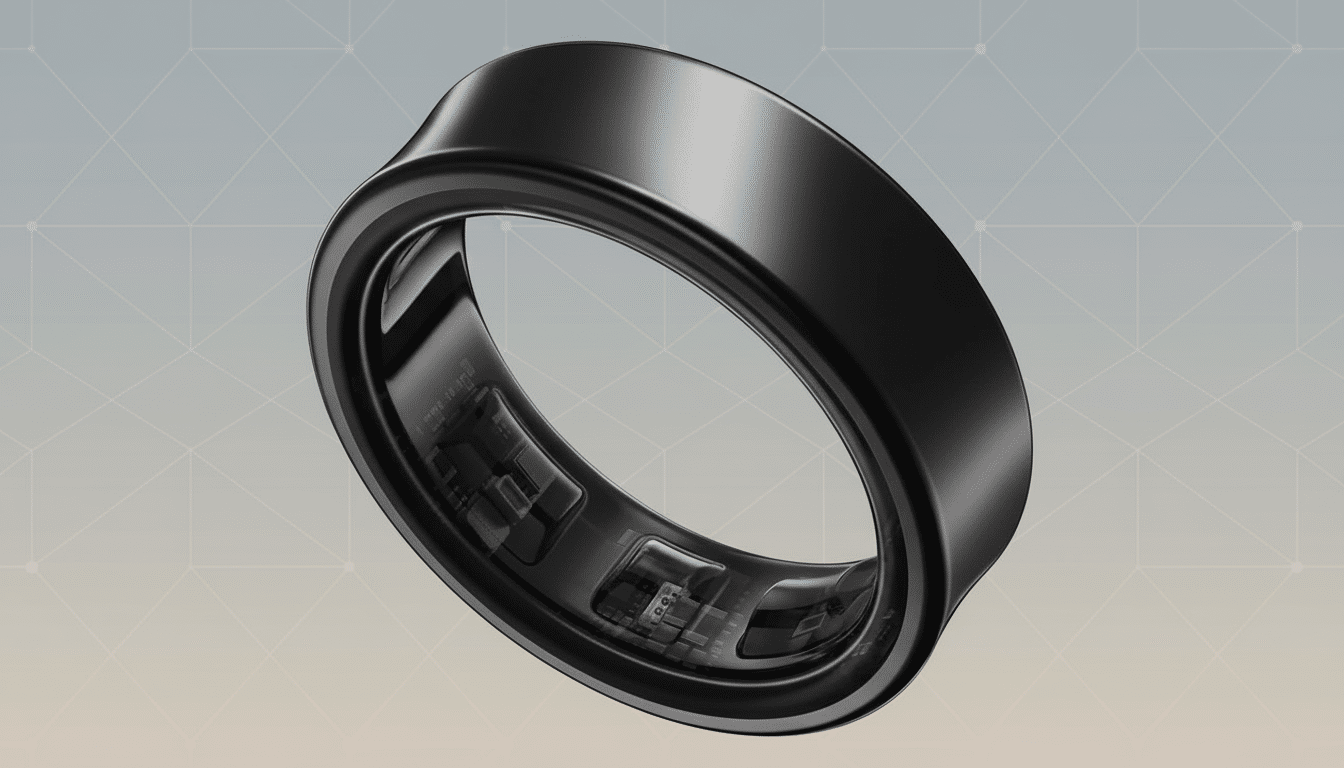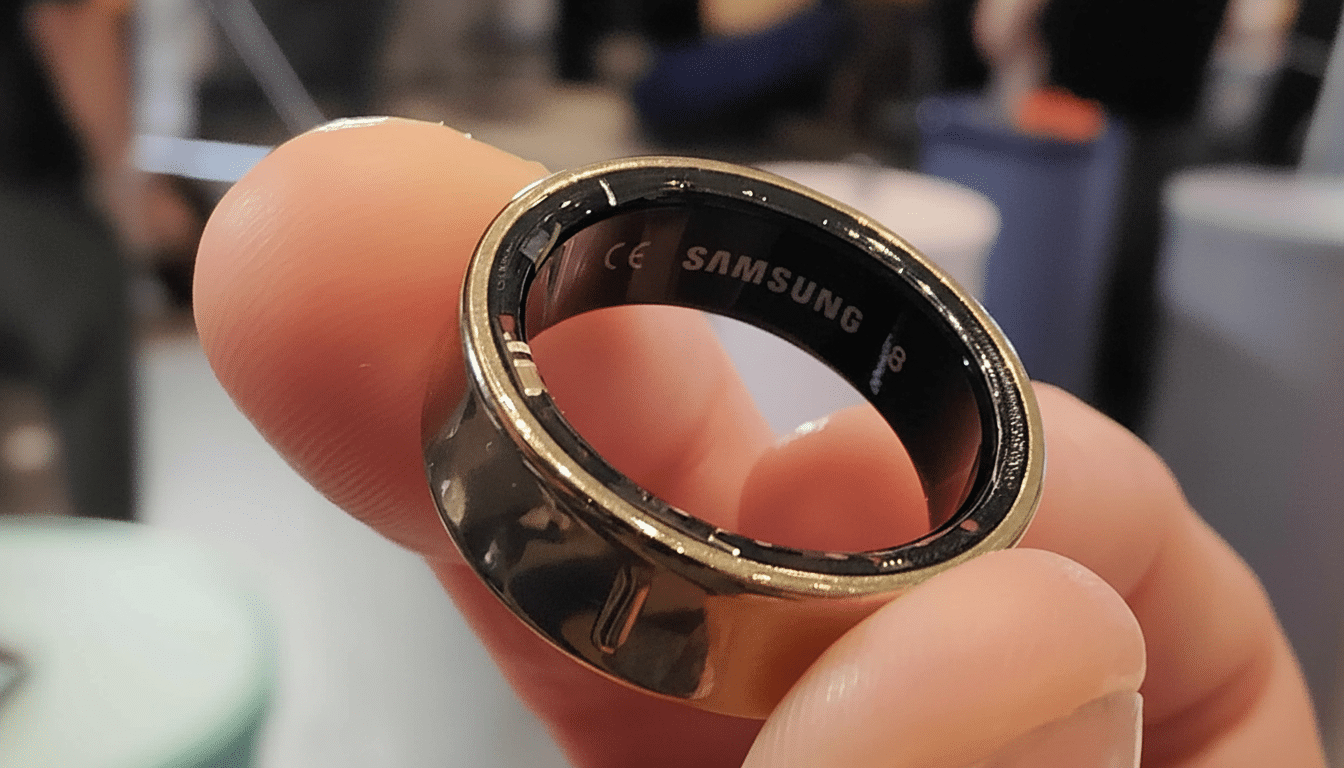A viral account of a swollen battery in a Galaxy Ring that ensnared its janitor’s finger and sent him to the hospital has rattled the wearables realm. Samsung described it as an “extremely rare case,” but once you do see the image of a sealed metal band squeezing shut as its battery inflates, it is hard to forget. So where does that leave smart rings, a category promising wellness insights in the most lightweight form factor possible; ideally one you can hardly feel — until something goes wrong?
A Viral Battery Scare Shifted the Debate
The episode struck a nerve because rings are uniquely unforgiving. Unlike a watch, you cannot simply unclasp a ring. In the event of a swollen battery, that rigid band can become a tourniquet in seconds. Understandably, the consumer reaction — some saying they would never wear a smart ring now. But it’s also worth noting that this is the first loud and embarrassing gaffe-like report for a major ring released widely, and that big safety issues rarely come up in isolation.

Context helps. Consumer product regulators have previously wrestled with the risks posed by wearable batteries. The U.S. Consumer Product Safety Commission recalled 1.7 million Fitbit Ionic smartwatches after reports of dozens of burn injuries, a reminder that even in mature categories, batteries can act up. But rings are more recent, smaller and much tighter-fitting on skin — so their risk calculus is different.
How Tiny Smart Rings Can Fail and Why That Matters
Researchers from places like Stanford and the National Renewable Energy Laboratory have cataloged for years how lithium cells fail: internal shorts, manufacturing defects, physical mishandling, or chemical aging can generate gas, swelling, heat and, in extreme cases, thermal runaway. In phones and watches, there is typically some area for the battery to expand in a controlled fashion or a housing that can vent gases. Sitting inside a rigid metal or composite (often titanium or steel) torus in the form of a ring, the cell has little room to expand.
That geometry adds two risks. For one, swelling can elevate pressure on the finger far quicker than a user can notice. Second, heat transfer is intimate; the ring contacts skin all around, so even a modest temperature increase will be noticed right away. Decent design efforts attempt to plan for this with conservative energy density, thermal sensing, and rigorous battery management, but there are no free rides — physics is still physics.
How Often Wearables Cause Harm to Users, in Context
Exact failure rates are difficult to come by because companies and insurers track the incidents privately, while public reports document their worst outcomes. The signal from regulators and industry groups like UL Solutions, however, is that catastrophic quality failures of lithium cells are rare, measured in tiny fractions across millions of units. For smart rings in particular, there has been no rash of swelling or burns across major brands despite Oura, Ultrahuman, RingConn and others legit hanging out for some years.
Lack of a pattern does not equate to the absence of risk, but it does reflect that well-executed designs keep probabilities down.

What separates these batteries is execution — battery sourcing, pack geometry, adhesive choice, firmware protections and quality control. The chain is only as strong as its weakest link.
What the Safest Smart Rings Do Better to Protect You
Designers who engineer for safety, not specs, make a series of conservative choices. They use cells from reputable manufacturers, test to the specifications of IEC 62133 for rechargeable cells and meet requirements of UN 38.3 transport tests. They test for biocompatibility according to ISO 10993, so coatings and adhesives will not cause skin irritations. They include temperature and voltage monitoring, plus firmware that restricts or removes charging if anything looks off.
Mechanically, clever design choices range from leaving micro air gaps or using compliant materials around the cell to tolerate slight expansion, using potting compounds that stay stable over thermal cycles and even routing internal channels in a way that makes an eventual failure vent inward into empty space and not outward toward skin. High ingress protection ratings (usually IP68) protect against moisture that can speed up corrosion and short circuits, although thoughtful gasket design and long-term sweat testing matter more than the marketing number.
A Buyer Safety Checklist That Actually Works
- Look for transparency. Good vendors will publish their battery chemistry, certifications, test regimens, and known issues and how to fix them. Vague answers are a red flag.
- Opt for protection over headline battery life. A ring that tops up more often but with a conservative eye on temperature and current is safer than one which ekes out the maximum runtime from a “stressed” cell.
- Confirm materials and fit. Rings should be made from biocompatible metals and coatings and provide sizing kits to prevent a tight fit. An even slightly too-small ring is very difficult to pull off in an emergency.
- Plan for removal. Master the floss or elastic wrap approach recommended by emergency physicians, and have lubricant or ring-removal devices available. If a ring ever feels hot, smells like solvent, is bulging, or gives you a “sudden tight feeling,” stop wearing it or charging it and remove it immediately.
- Check the warranty and support. When safety is involved, fast replacement paths and responsive customer service count. Brands must be prepared to investigate incidents and report the results to regulators.
The Bottom Line on Wearing a Smart Ring Today
Does the Galaxy Ring scare prove smart rings are dangerous? The best answer is nuanced. The very fact that the category has built-in limits to what can go wrong makes it all the more tooth-gnashingly headline of a bad thing when things do take a wrong turn, yet evidence continues to suggest that for well-made devices used properly, absolute risk remains low. The latest episode should be grounds for careful investigation and, if necessary, design changes across the industry — not a reason to panic.
If you love the shape, buy from brands that act like medical device makers even if they aren’t actually regulated as such — test deeply, disclose clearly and respond rapidly. If the notion of a sealed band has you concerned, the classic smartwatch might still be your better bet at this point. Either way, your comfort level should be based on engineering transparency and track record — not simply how much battery life it offers or how many features you can check on the box.

